Pharmacognostic collection
"It is of great fascination to trace the importance [stimulants] have had in the life of mankind, the history of their use [...], to see how they are at first opposed, then they successfully prevail, and then are opposed again.”
Childpage navigation



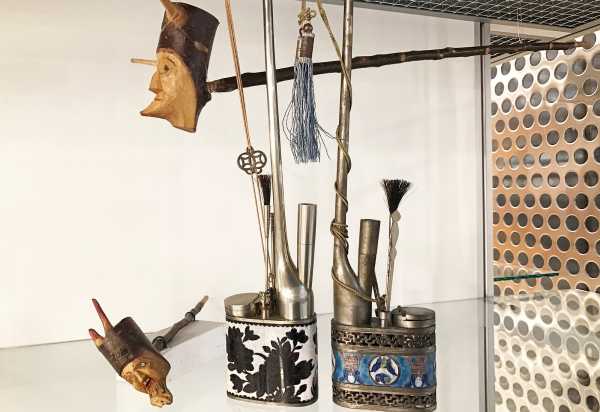
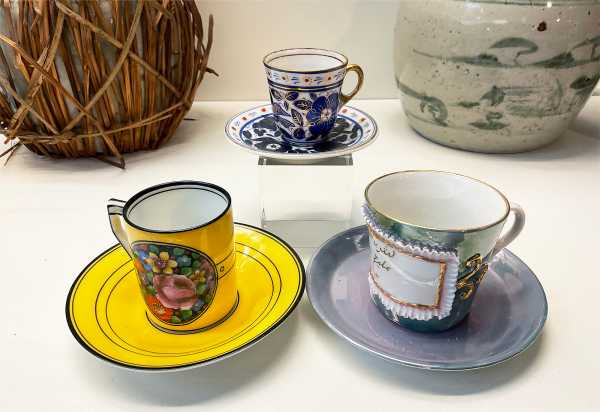
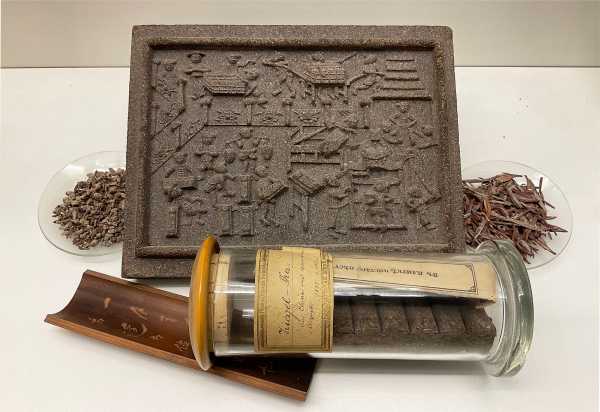
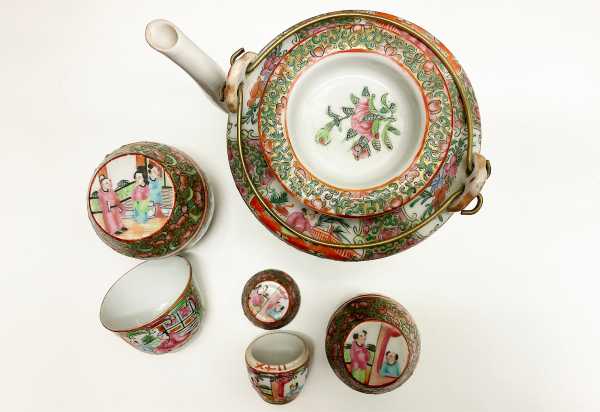
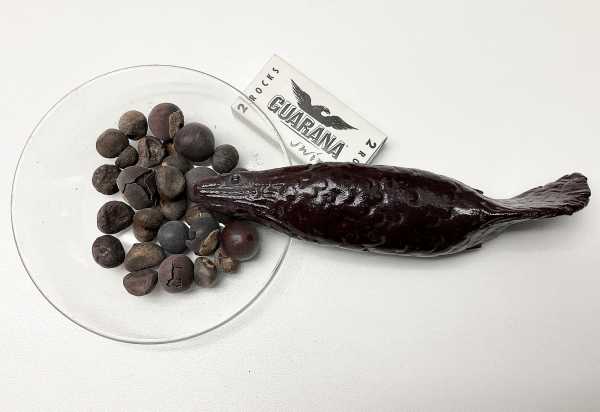
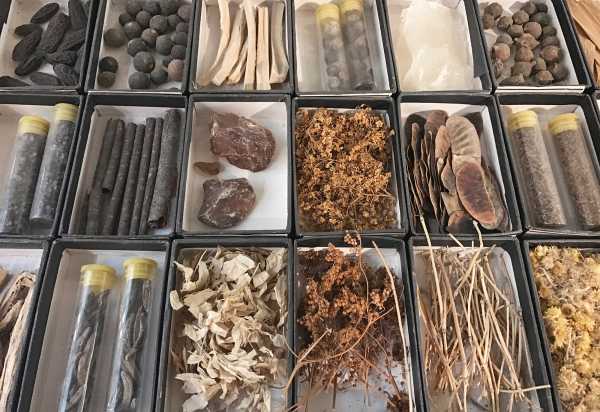
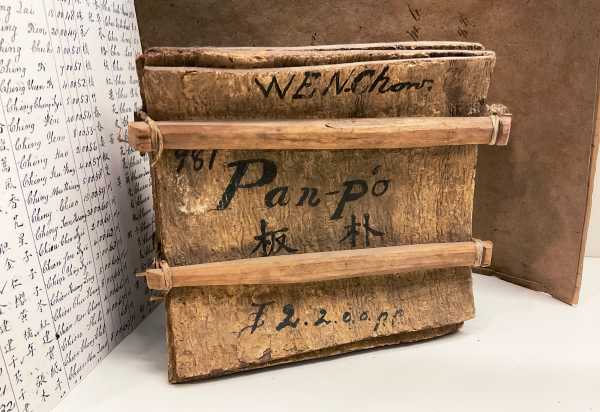
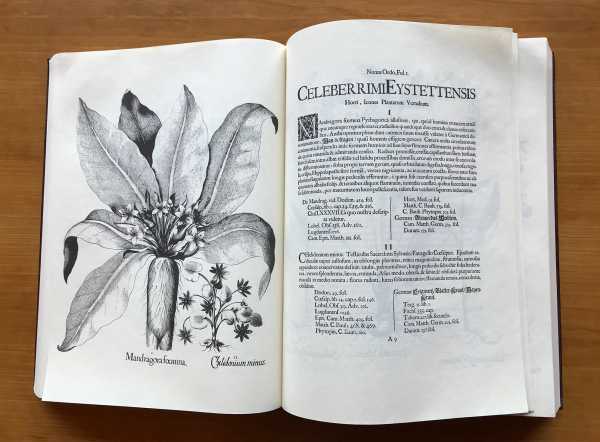
With the above words, Prof. Carl G. Hartwich justified his studies on intoxicants and stimulants, presented in “Die menschlichen Genussmitel – ihre Herkunft, Verbreitung, Geschichte Bestandtteile, Anwendung und Wirkung” (The human stimulants – their origin, distribution, history, components, use and effect), his book of 1911. As professor at ETH Zurich, he traveled the world in search of cacao, coffee or tea, maté, guarana, cola nut, opium, hashish and all kinds of other substances. "Everywhere on earth, where substances of the plant kingdom present themselves to the people for use, people have understood [...] to select those, which apparently go beyond the satisfaction of real needs such as food, clothing, shelter, etc. and which they could renounce, without renouncing a certain comfort of existence. The number is quite large and the way of using manifold. [...]", he explains delighted in a script of the Naturforschende Gesellschaft Zürich.
The exhibits of the Pharmacognostic Collection in the HCI building at the ETH Zurich’s Hönggerberg campus are vivid witnesses of this. In addition to many different spice samples, there are also many instruments and tools for the consumption of the above-mentioned intoxicants, which Hartwich had collected on his travels. With that, he expanded the already existing collection of Prof. Eduard Schär. Hartwich's estate also includes a collection of over 400 textbooks and herbal books
Collection highlights
Opium, Hashish and Co

Exciting facts about the history and chemistry of opium as well as a video about hashish, betel and Harry Potter's mandrake. Learn more
Mate, Cola and Guarana
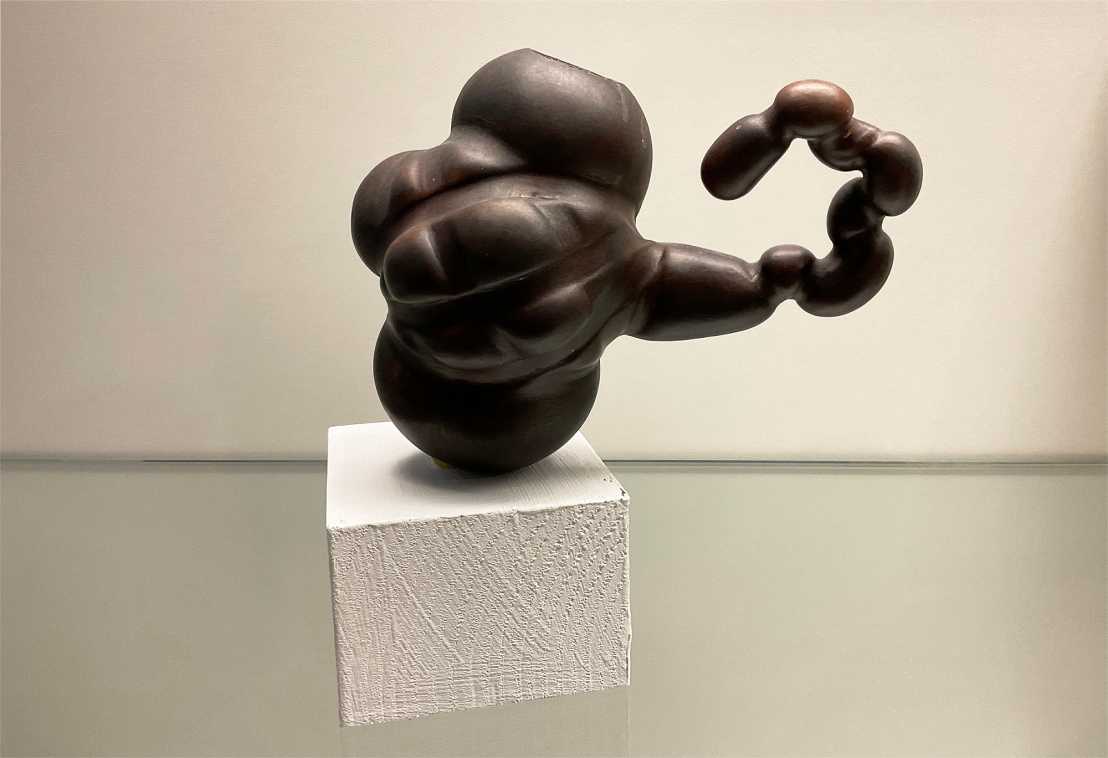
These three have two things in common: they contain purine bases and have a stimulating effect. Here, we are talking about seeds and leaves that pack a punch. Learn more
Arrow poisons as a hunting tool

We know them, the notorious poisons of colorful frogs in the rainforest. But plants can also be poisonous, efficient hunting instruments. Learn more
Bestseller natural pharmacy

It is said ‘there is an herb for everything’. Looking at some of the tomes in the collection?, one might think so. It’s the story of a bestseller that evolved from a medical reference book to an artful enthusiast's book and ended up disappearing altogether. Learn more
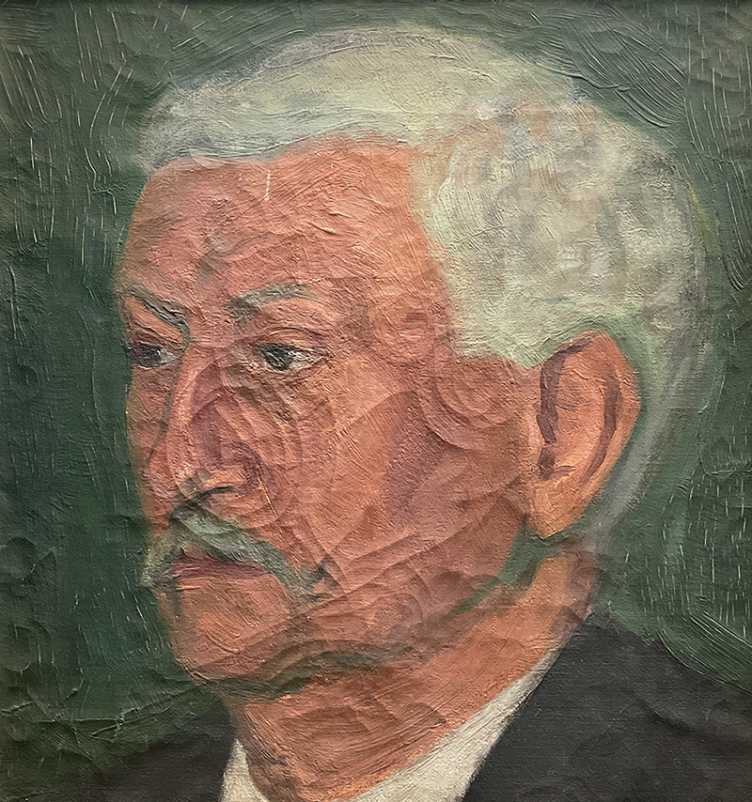
Carl Hartwich was born in Tangermünde in 1851. As a young man, he apprenticed with his father, a pharmacist, and studied pharmacy, received his license to practice and took over his father's pharmacy. From 1879 onwards, he devoted himself to science. He received his doctorate in Bern and his habilitation in Braunschweig. In 1892 he is appointed Professor at the Swiss Federal Polytechnic (from 1911 ETH Zurich). In 1914 he completed a doctorate in medicine at the University of Zurich. Hartwich died in Zurich in 1917.
Hartwich created his collection between 1890 and 1916. His scientific works include the botanical, anatomical, and chemical characterization of herbal remedies and their use in pharmacy, as well as studies on drugs. His major work was "Die menschlichen Genussmittel - Ihre Herkunft, Verbreitung, Geschichte, Anwendung, Bestandteile und Wirkung" (Leipzig 1911). The book can be borrowed at the Info Center Chemistry | Biology | Pharmacy in the HCI building (Hönggerberg).